1. Riding in a Zeppelin Over Cities

In the early 1900s, people climbed aboard giant floating airships called Zeppelins, gliding above cities in what looked like flying cigars. These massive balloons were filled with hydrogen, a highly flammable gas, and yet passengers dressed in their finest clothes and sipped cocktails mid-air like it was no big deal. There were dining rooms, lounges, and even sleeping quarters inside these floating giants. It all felt incredibly luxurious—until, of course, the infamous Hindenburg disaster in 1937 brought that dream crashing down shares the Daily Climate.
The idea of drifting peacefully above the clouds in a glorified balloon is romantic, sure, but also terrifying when you consider how volatile those things were. There were no real safety protocols in place, and any spark could mean disaster. Still, people were fascinated by the promise of air travel. They had no idea how dangerous it really was. Looking back, it feels more like something from a steampunk fantasy than actual history. But for a short time, Zeppelins ruled the skies says the Washington Post.
2. Human-Powered Flying Machines
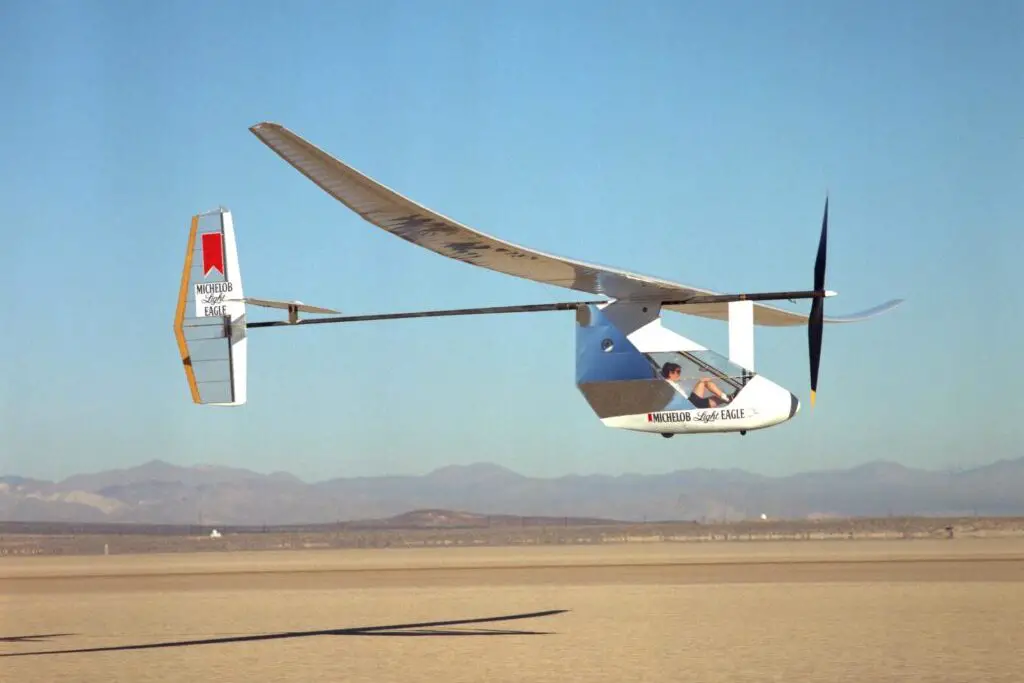
During the late 1800s and early 1900s, before planes were practical, inventors and dreamers tried to take flight with bizarre contraptions powered only by human muscles. Some wore massive bird wings they’d flap with their arms, while others pedaled makeshift aircrafts as if they were biking through the sky. It rarely went well. Most attempts ended with someone tumbling into a field—or worse, off a rooftop shares the Guardian.
Still, people were so obsessed with the dream of flying that they were willing to risk broken bones or worse. There was something beautifully naive about it all. No engines, no real aerodynamics, just sheer determination and a lot of bruises. Today, it seems borderline delusional to think a person could take off with nothing more than pedal power and wings strapped to their back. But at the time, it felt like the future might be just one flight away adds Florida Today.
3. Strapping on Rocket Belts
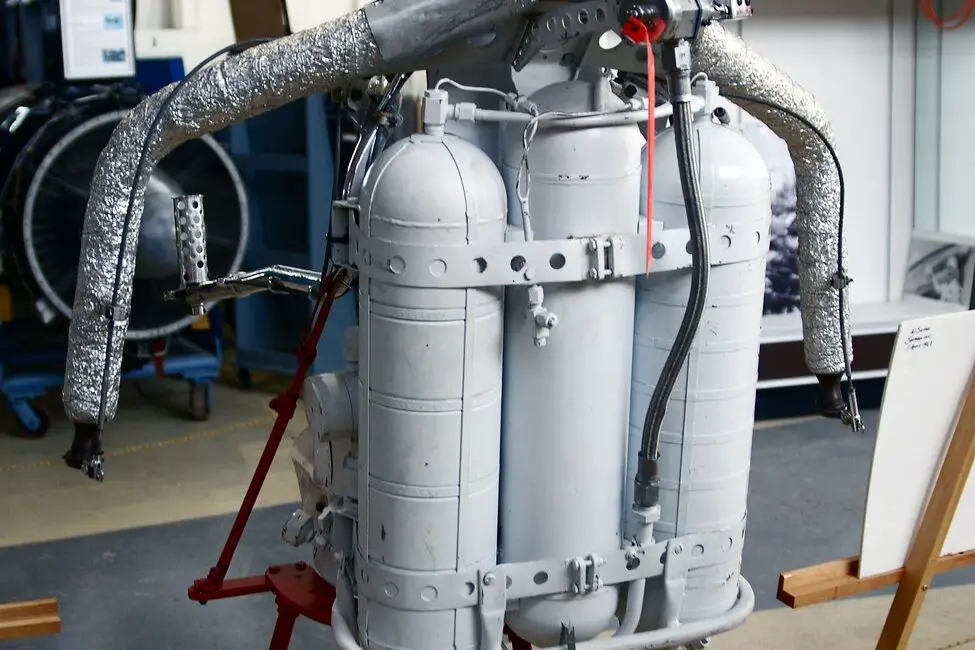
In the 1960s, rocket belts captured imaginations everywhere. These were literal jetpacks that let a person fly through the air for a few glorious seconds. It sounds like something from a James Bond movie—and that’s because it was. The problem was that the flight time lasted less than 30 seconds, the fuel tanks were wildly dangerous, and landing was a gamble every single time.
Still, companies kept testing them, and a few daredevils even flew them at public events. For a hot minute, it looked like we might all be commuting to work with rocket belts on our backs. But the risks outweighed the thrills, and they never became mainstream. Watching old footage now, it’s part awe, part horror. It’s hard not to admire the bravery—and maybe question the sanity—of anyone who volunteered to become a human bottle rocket.
4. Traveling by Ice Yacht
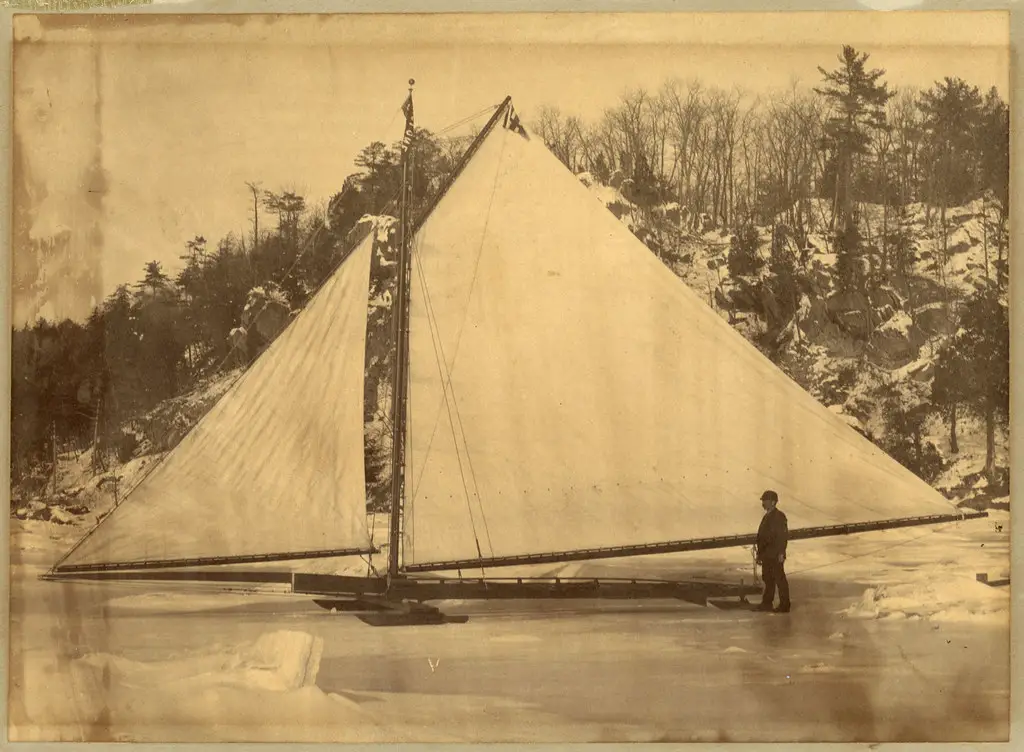
In the 1800s, wealthy folks in the northeastern U.S. and parts of Europe would race across frozen lakes on massive ice yachts. Picture a sailboat on metal blades, flying across the ice at breakneck speeds with nothing but the wind to guide you. Speeds could top 60 miles per hour, which is impressive even by today’s standards. But one wrong move, and you were skidding into a tree or flipping over onto frozen terrain.
Ice yachting was considered both a sport and a way to travel between towns during especially icy winters. It was incredibly dangerous, but also wildly popular for a time. Helmets weren’t really a thing, and safety rules were minimal, if they existed at all. People loved the rush of speed and the elegance of gliding on ice. But these days, the thought of speeding across a frozen lake on a glorified sled sounds more terrifying than thrilling.
5. Riding in Open-Cockpit Planes
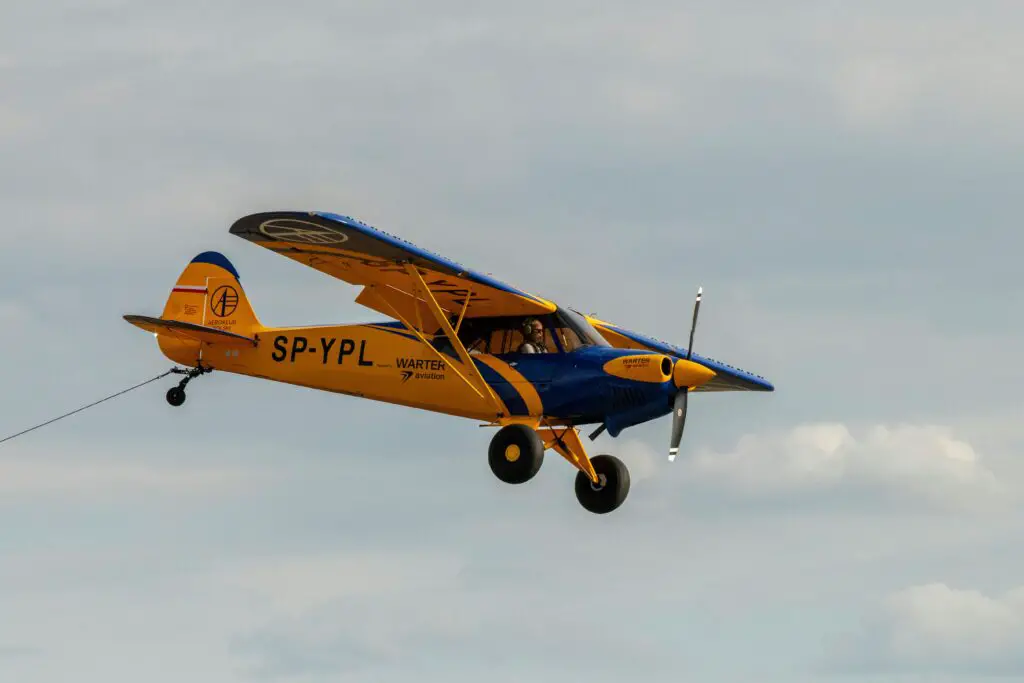
Early airplane passengers didn’t have cozy cabins or seatbelts. Instead, they sat in open-cockpit biplanes, fully exposed to the elements. You’d wear goggles and a leather cap, gripping the edges of your seat while the wind tried to knock you out of the sky. Pilots were often just figuring things out as they went, with little more than gut instinct and a few crude instruments.
Despite the obvious risks, people were amazed by the idea of flying, so they hopped in without hesitation. There was no cabin pressure, no heating, and definitely no peanuts and soda. Just wind, noise, and adrenaline. Today, you’d need a serious thrill-seeking streak to even consider something like that. But for the adventurous souls of the early 20th century, it was the ultimate experience.
6. Crossing Oceans in Bathing Machines

Believe it or not, some early swimmers used literal “bathing machines” to enter the ocean with modesty in the 18th and 19th centuries. These were small wooden carts people would climb into while fully dressed. The cart would then be rolled into the sea, where they could undress inside and slip into the water without anyone seeing them in a swimsuit. It was more about decorum than travel, but it involved a strange little journey all the same.
Some of these machines were pulled by horses or even ropes and pulleys, and attendants called “dippers” helped people in and out. It’s hard to imagine going through all that just to take a dip in the ocean. But for the upper class, it was the only respectable way to swim. Today, we just bring a towel and walk onto the beach. Back then, swimming came with wheels, wood, and a whole lot of awkward logistics.
7. Taking Stagecoaches Through Bandit Territory
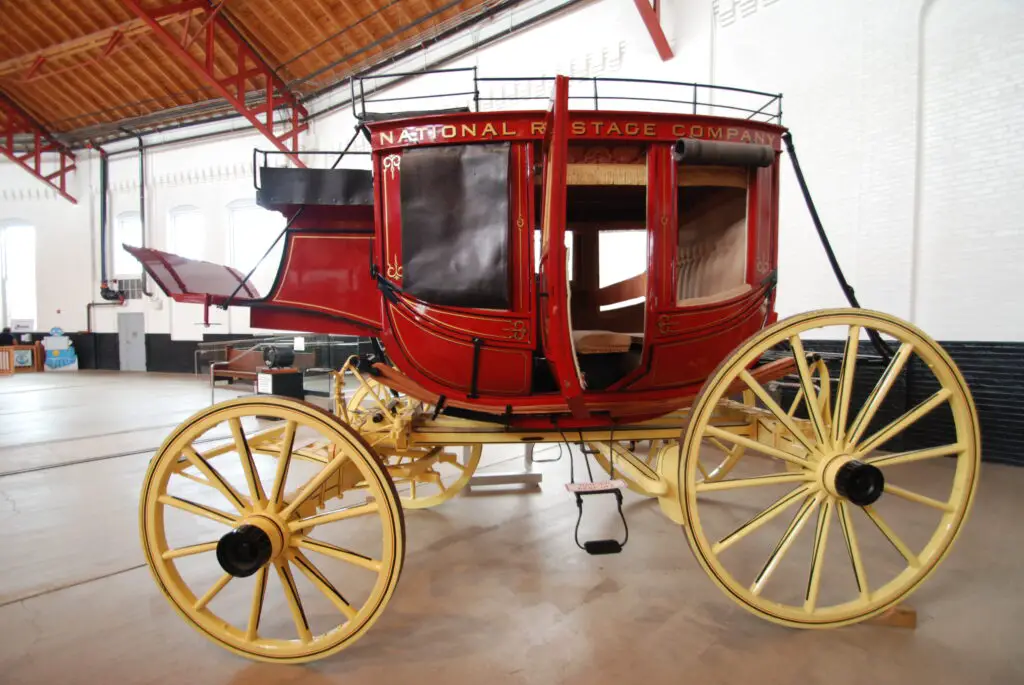
Before railroads connected the country, stagecoaches were the main way to travel long distances. These wooden carriages bounced over rough terrain for days, with little protection from weather or danger. Inside, passengers were crammed together, sharing limited space with their luggage—and sometimes chickens. And outside, there was always the looming threat of bandits or attacks.
You had to really want to get somewhere to climb into one of those. The journeys were long, uncomfortable, and unpredictable. Yet people made do, bundling up in layers and trying not to get sick from the constant jolting. Compared to today’s road trips with climate control and music playlists, it feels positively medieval. Still, it was a lifeline for the growing country.
8. Climbing Into Pneumatic Tubes
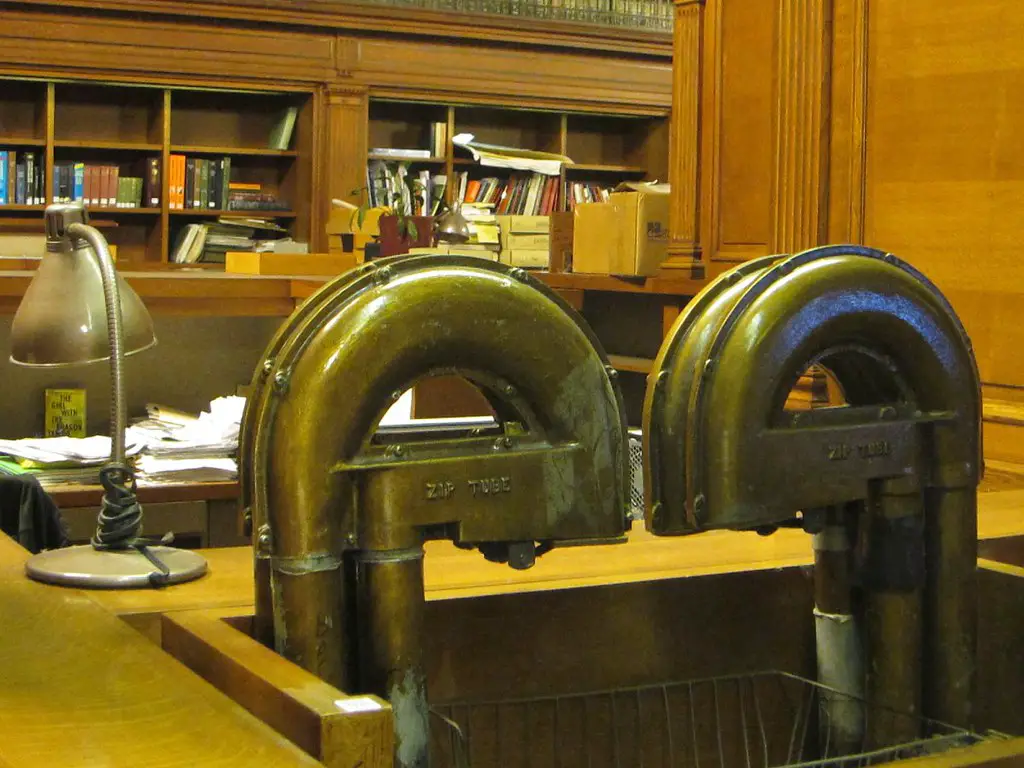
In the late 1800s, there was a brief moment when some cities explored using giant pneumatic tubes—not just for packages, but for people. A person could be sealed in a capsule and shot through tunnels using air pressure. Sounds like a carnival ride, right? But it was actually considered a serious possibility for future public transportation.
In fact, New York even built a demo version beneath one of its streets. The experience was described as both exhilarating and terrifying. It never really caught on, likely because it felt a little too close to being fired out of a cannon. Still, the idea that someone once seriously considered this as a regular commute option is as weird as it is fascinating.
9. Floating Down Rivers in Hollowed-Out Logs

Before canoes became sleek and specialized, early travelers used dugout canoes made from hollowed-out tree trunks. These logs were carved by hand and used by Indigenous communities for centuries, but European settlers also adopted the method. They weren’t particularly stable or fast, but they got the job done. Just imagine floating down a river, trying not to tip over in a carved-out piece of wood.
There were no paddles as we know them today—just sticks or makeshift oars. Rapids, rocks, and rough weather made every trip a gamble. And if you lost your balance, you were going for a swim. It’s a reminder that people have always found a way to get from point A to point B, even if it meant riding inside a tree. Today, it would probably be considered a survival challenge.
10. Traveling by Sedan Chair
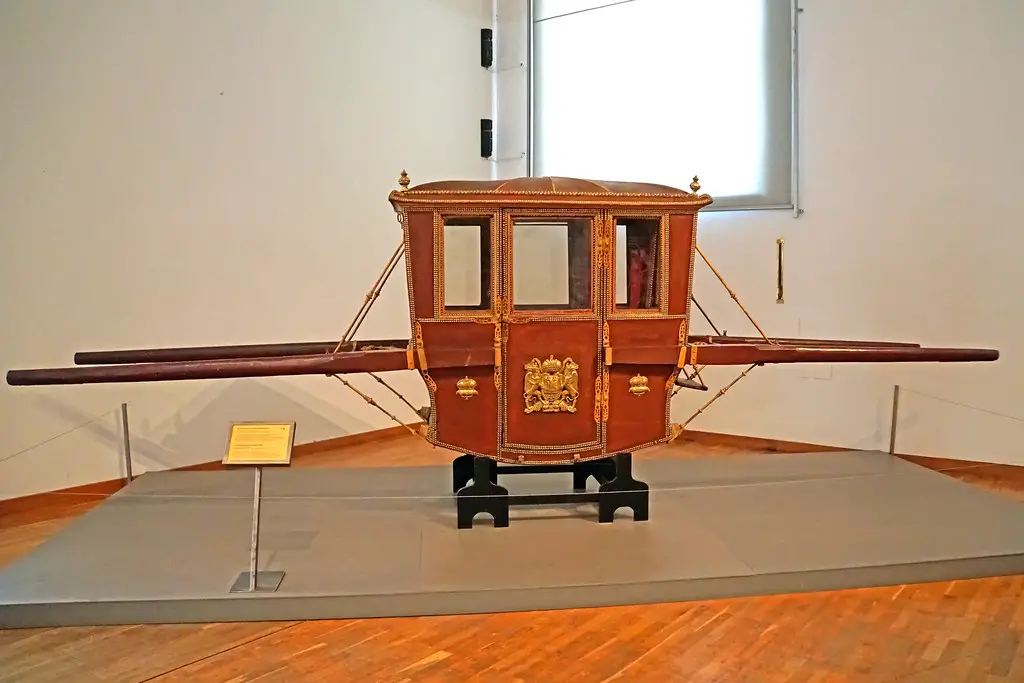
In Europe and parts of Asia, wealthy people were carried around in sedan chairs—basically small boxy rooms on poles, lifted by human beings. Imagine sitting inside a little house while two or more people hauled you through city streets. It was a status symbol, but also wildly impractical for anyone but the elite. The ride wasn’t exactly smooth, either.
The chairs had no wheels, and the bearers had to navigate mud, crowds, and uneven terrain. Passengers were jostled constantly and had to trust that their carriers wouldn’t drop them. It’s hard to picture voluntarily being carried around like luggage, but back then it was seen as elegant. Today, it feels more awkward than regal. And definitely not great for your posture—or theirs.
11. Riding the Rails on Handcars
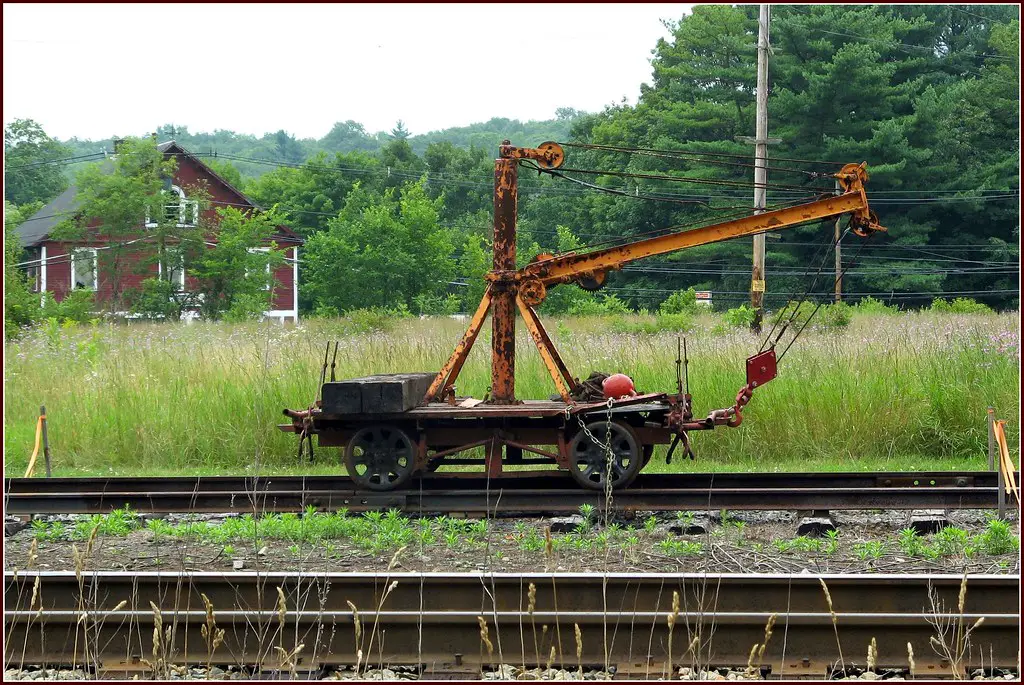
Before powered railcars, some travelers used handcars to get down the tracks. These were small, flat platforms with a pump-action lever in the center. You’d take turns pumping the lever up and down with a partner to move forward. It was exhausting, slow, and exposed, but it was the best option for railway workers and sometimes curious riders who just wanted to try it.
They weren’t made for long trips, but people occasionally used them anyway. If you ran out of steam in the middle of nowhere, you were stuck. And heaven help you if a train was coming the other way. The idea of self-propelling your way down a train track today feels more like a cartoon than a travel plan. But in the past, it was a real way to get around—at least for short distances.
12. Hitching a Ride on Animal-Drawn Sleighs
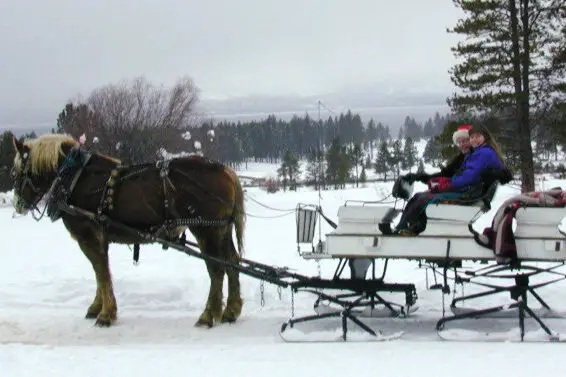
In places with harsh winters, people used sleighs pulled by horses or dogs to get from one snow-covered town to another. It might sound charming, but it was often bitterly cold and painfully slow. You’d wrap yourself in furs, brace against the wind, and hope the animals didn’t get spooked by anything on the trail. And if the snow was too deep or the ice too thin, you could easily get stranded.
Still, for some, it was the only way to reach relatives, attend church, or just buy supplies. There was a certain quiet beauty to it, gliding over a white landscape with nothing but hoofbeats or dog barks echoing around you. But it was also a serious endurance test. What we see today as a festive holiday ride was, back then, an everyday necessity.
13. Being Hoisted in Baskets Up Cliffs
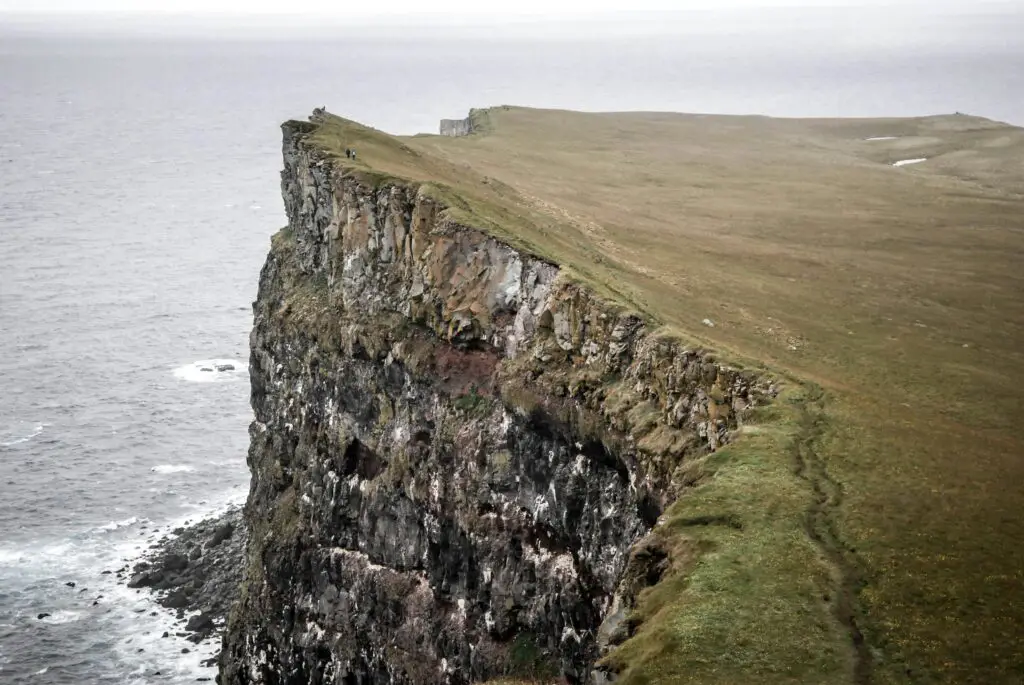
In remote mountain regions, the only way to reach certain villages was to be hoisted in a basket up the side of a cliff. These baskets were tied to ropes and pulleys, often managed by hand. You’d climb in, clutch the sides for dear life, and hope the rope didn’t fray. There were no seatbelts, no safety checks, and no way to turn back once you started rising.
This method was especially common in areas of China, Greece, and even the Scottish Highlands. It was used for both people and goods, proving just how resourceful people could be. Still, it’s hard to imagine willingly stepping into a swinging basket suspended hundreds of feet above the ground. It wasn’t for the faint of heart, but it got the job done—somehow.
